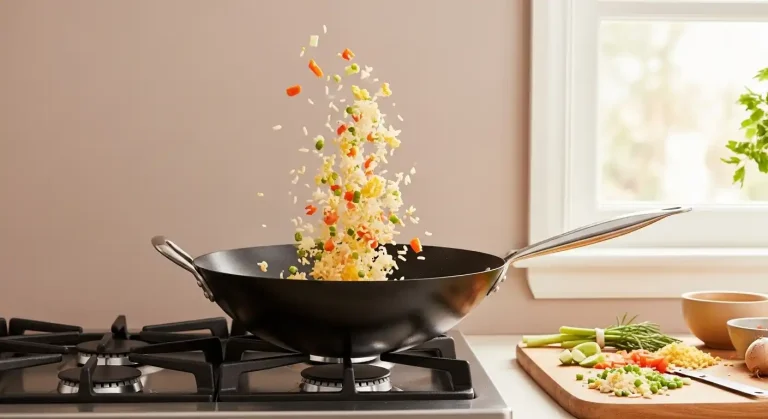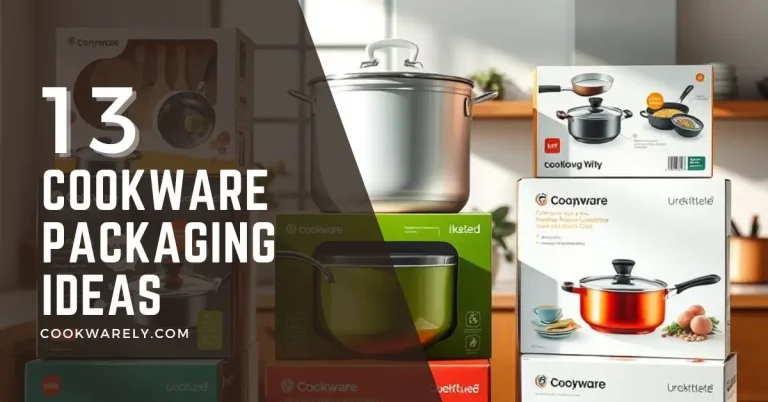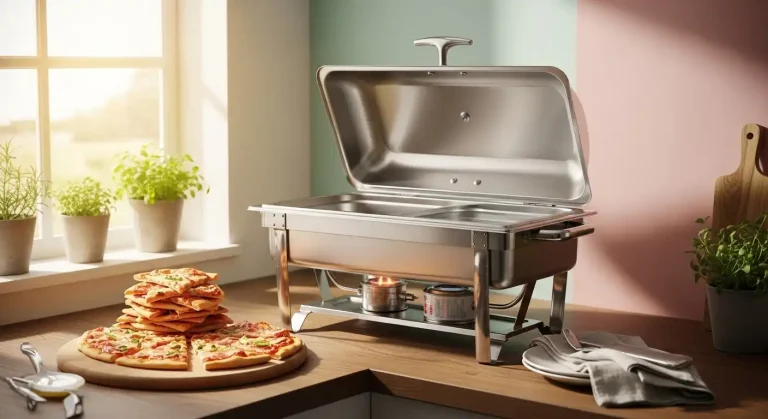Can Induction Cookware Be Used On A Gas Stove?
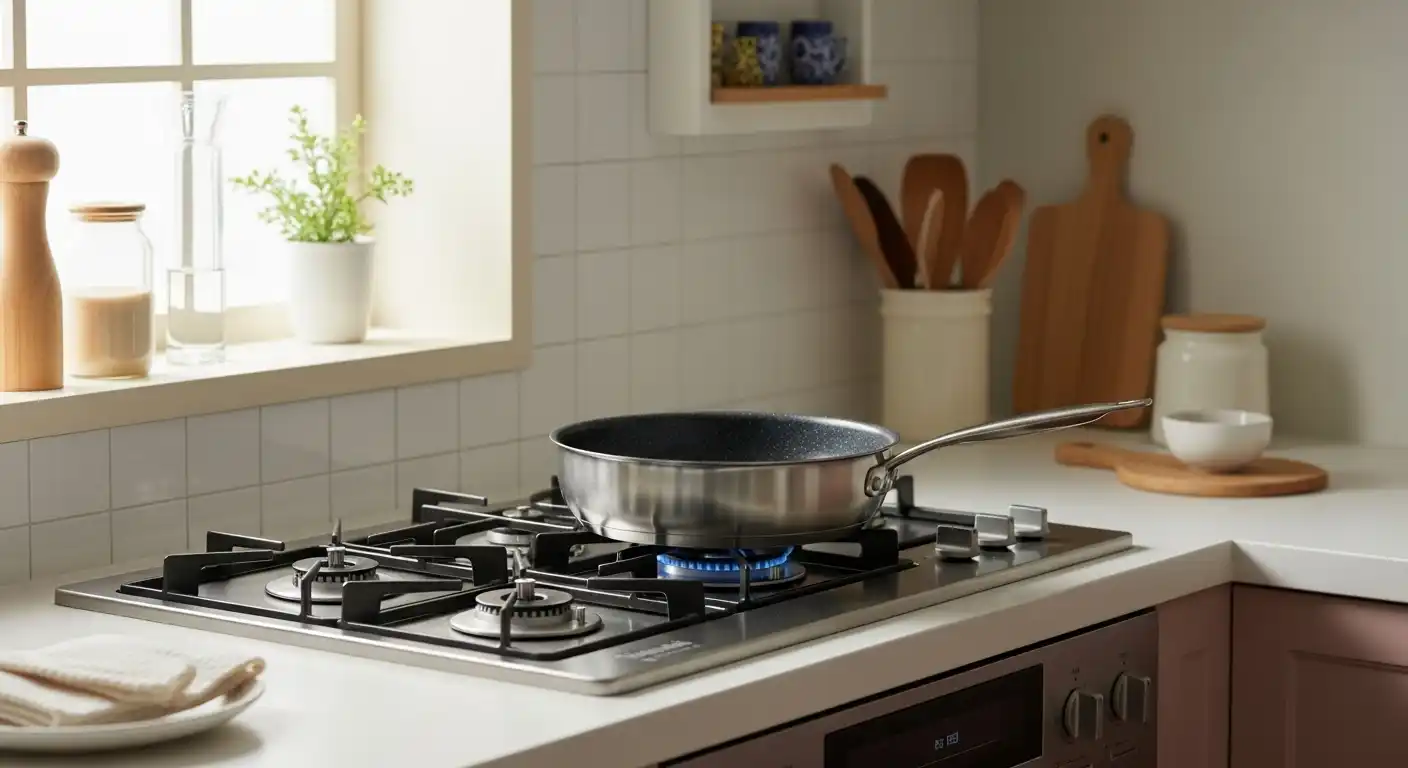
If you’ve recently invested in induction cookware or are considering it, you might be wondering: Can induction cookware be used on a gas stove?
This question is common among home cooks who want to maximize their cookware’s versatility or who have mixed kitchen setups.
In this article, we’ll explore how induction cookware works, whether it’s suitable for use on gas stoves, and what to keep in mind when using your pots and pans across different heat sources.
Whether you’re a cooking enthusiast or just curious about your kitchen tools, this guide offers clear, practical answers.
🎄 Christmas & Year-End Amazon Deals !
Don’t miss out on the best discounts and top-rated products available right now!
*As an Amazon Associate, I earn from qualifying purchases.
What Is Induction Cookware?
First, let’s clarify what we mean by induction cookware.
Induction cookware refers to pots and pans specifically designed to work with induction cooktops.
These cooktops use magnetic fields to heat the cookware directly rather than heating the burner itself.
For this to work, the cookware must have a magnetic base, usually made from ferromagnetic materials like cast iron or certain types of stainless steel.
Induction cookware often features a flat, smooth bottom with a magnetic layer that allows the induction cooktop to detect and heat it efficiently.
This design ensures rapid, even heating and precise temperature control.
Can Induction Cookware Be Used On A Gas Stove? The Short Answer
Yes! Induction cookware can be used on a gas stove without any issues.
Because induction cookware is made from materials that are compatible with magnetic heating, it’s generally durable and performs well on other heat sources, including gas stoves.
Gas stoves use an open flame to heat cookware, so the magnetic properties that make induction cookware work are not necessary here.
Instead, the cookware’s material and construction determine how well it performs.
Advantages of Using Induction Cookware on a Gas Stove
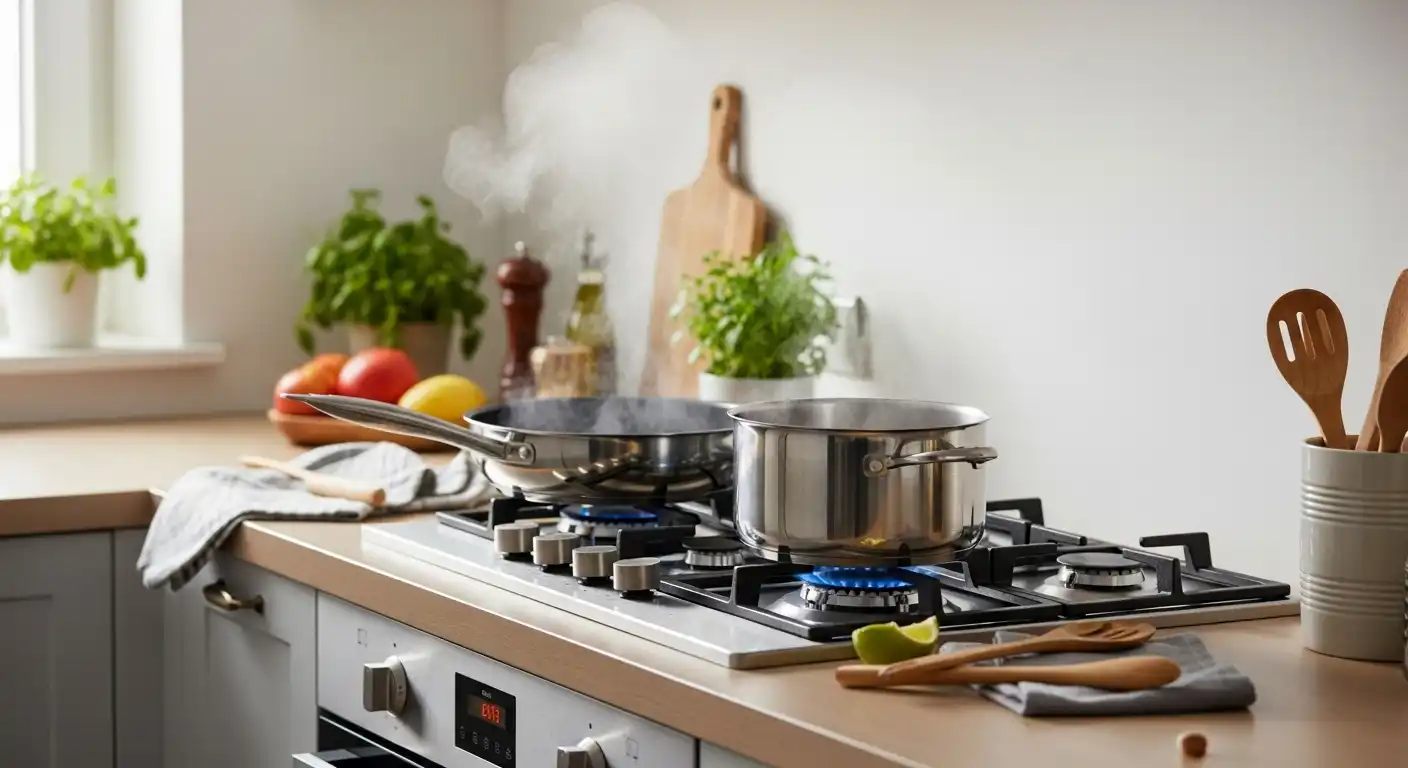
Using induction cookware on a gas stove comes with several benefits:
1. Durable Construction
Induction cookware is often made with high-quality stainless steel or cast iron, materials that hold up well under direct flame.
This means your pots and pans can withstand the intense heat of a gas stove without warping or damage.
2. Even Heat Distribution
Many induction cookware pieces feature multi-ply or clad construction, layering aluminum or copper between stainless steel.
🎄 Christmas & Year-End Amazon Deals !
Don’t miss out on the best discounts and top-rated products available right now!
*As an Amazon Associate, I earn from qualifying purchases.
This design promotes even heat distribution, which is beneficial whether you’re cooking on induction or gas.
3. Versatility
Because induction cookware works well on various heat sources, including gas, electric, and induction, it offers flexibility if you change or upgrade your kitchen appliances.
Things to Consider When Using Induction Cookware on a Gas Stove
While induction cookware is generally compatible with gas stoves, here are some tips to optimize your cooking experience:
Flat Bottoms Are Best
Induction cookware usually has very flat bottoms to maximize contact with the induction cooktop’s surface.
On a gas stove, flat bottoms help the cookware sit evenly on the grates, ensuring stable cooking.
Watch for Hot Spots
Gas flames can sometimes cause uneven heating, especially if the flame is larger than the pan’s base.
Induction cookware’s layered construction helps reduce hot spots, but always monitor your cooking to avoid burning.
Handle Heat Carefully
Some induction cookware has plastic or rubber handles that may not tolerate high open flames.
Check your cookware’s specifications to ensure handles are flame-resistant or keep flames low near handles.
How to Identify Induction-Compatible Cookware
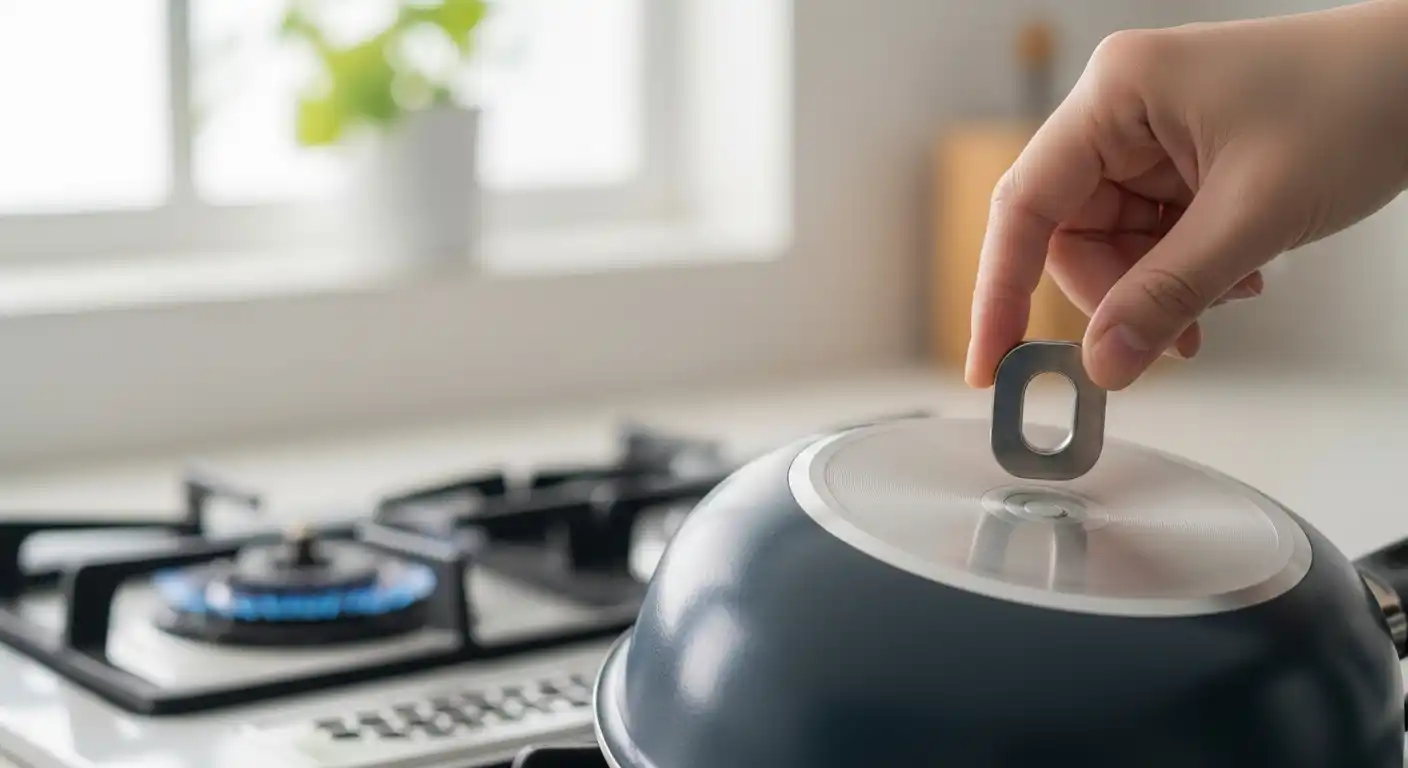
If you’re unsure whether your cookware is induction-compatible (and thus suitable for gas stoves), try this simple test:
- Place a magnet on the bottom of the pan.
- If the magnet sticks firmly, the pan will work on induction cooktops and, by extension, is safe to use on gas stoves.
- If the magnet doesn’t stick, the pan is likely not induction-compatible.
This test helps you understand your cookware’s versatility.
Can You Use Non-Induction Cookware on a Gas Stove?
While this article focuses on induction cookware, it’s worth noting that non-induction cookware, such as aluminum or copper pans without magnetic bases, works perfectly fine on gas stoves.
🎄 Christmas & Year-End Amazon Deals !
Don’t miss out on the best discounts and top-rated products available right now!
*As an Amazon Associate, I earn from qualifying purchases.
Gas stoves heat cookware through direct flame, so magnetic properties are irrelevant.
However, non-induction cookware won’t work on induction cooktops unless paired with an induction interface disk.
Caring for Induction Cookware When Used on Gas Stoves
To keep your induction cookware in top shape when using it on a gas stove, consider the following care tips:
- Avoid exposing handles to direct flame to prevent damage.
- Use moderate flame settings to prevent warping or discoloration.
- Clean cookware promptly to avoid stains or residue buildup.
- Use cookware-specific cleaning products if recommended by the manufacturer.
Proper care extends the life of your cookware and maintains cooking performance.
Why Invest in Induction Cookware?
If you’re debating whether to buy induction cookware, consider its benefits beyond induction cooktops:
- Energy Efficiency: Induction cookware heats quickly and evenly, saving cooking time.
- Durability: High-quality materials and construction mean longer-lasting pots and pans.
- Multi-Source Compatibility: Use the same cookware on gas, electric, and induction stoves.
- Precision Cooking: Even heat distribution enhances cooking results.
This versatility makes induction cookware a smart investment for any kitchen.
Enhancing Your Kitchen Space with the Right Cookware
Choosing cookware that works across different stove types can simplify your kitchen setup and improve your cooking experience.
If you’re interested in creating a cohesive, stylish kitchen and dining area, check out some of our design guides like farmhouse kitchen colors ideas or modern dining room ideas.
For smaller spaces, explore tips on how to furnish a small dining room or how to make a small dining room look bigger to maximize your home’s potential.
Conclusion: Can Induction Cookware Be Used On A Gas Stove?
In summary, yes, induction cookware can be used on a gas stove effectively and safely.
Its magnetic, multi-layered construction not only makes it compatible with induction cooktops but also durable and efficient on open flames.
By understanding your cookware’s materials and care requirements, you can enjoy versatile cooking performance across different heat sources.
🎄 Christmas & Year-End Amazon Deals !
Don’t miss out on the best discounts and top-rated products available right now!
*As an Amazon Associate, I earn from qualifying purchases.
If you’re looking for cookware that offers flexibility and quality, induction cookware is a great choice that adapts to your kitchen’s needs.
Further Reading and Inspiration
- Discover charming ideas for blending rustic and modern styles in your kitchen and dining area with our farmhouse dining room ideas.
- For ways to organize and style your dining space, see dining room display ideas.
- Looking to create a cozy atmosphere? Check out how to create a cozy dining space.

